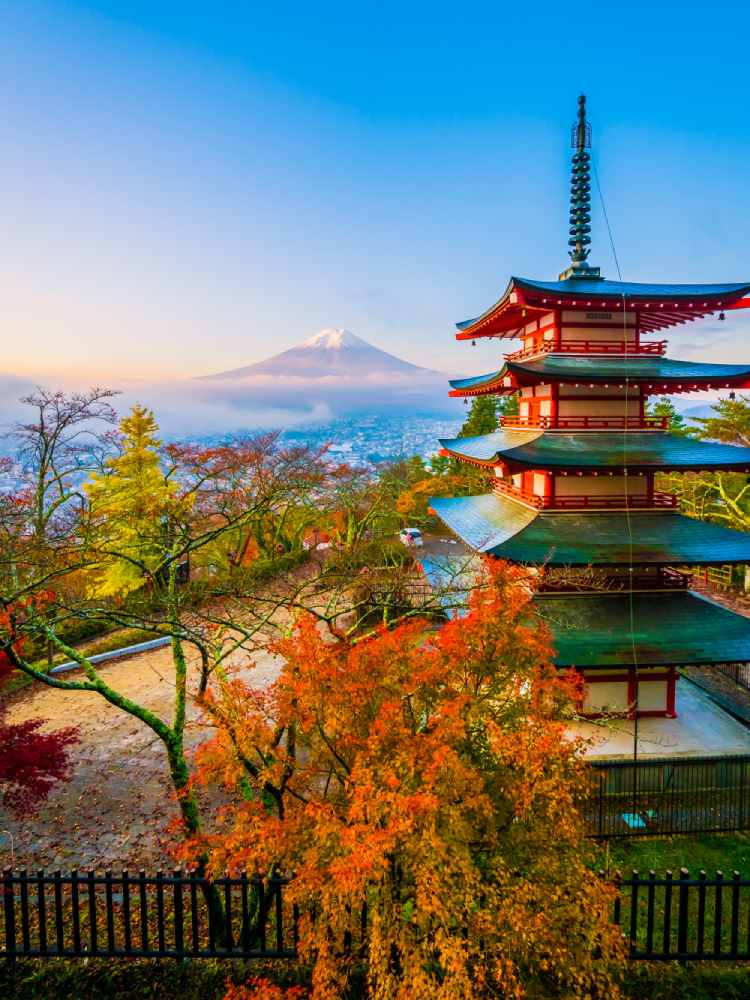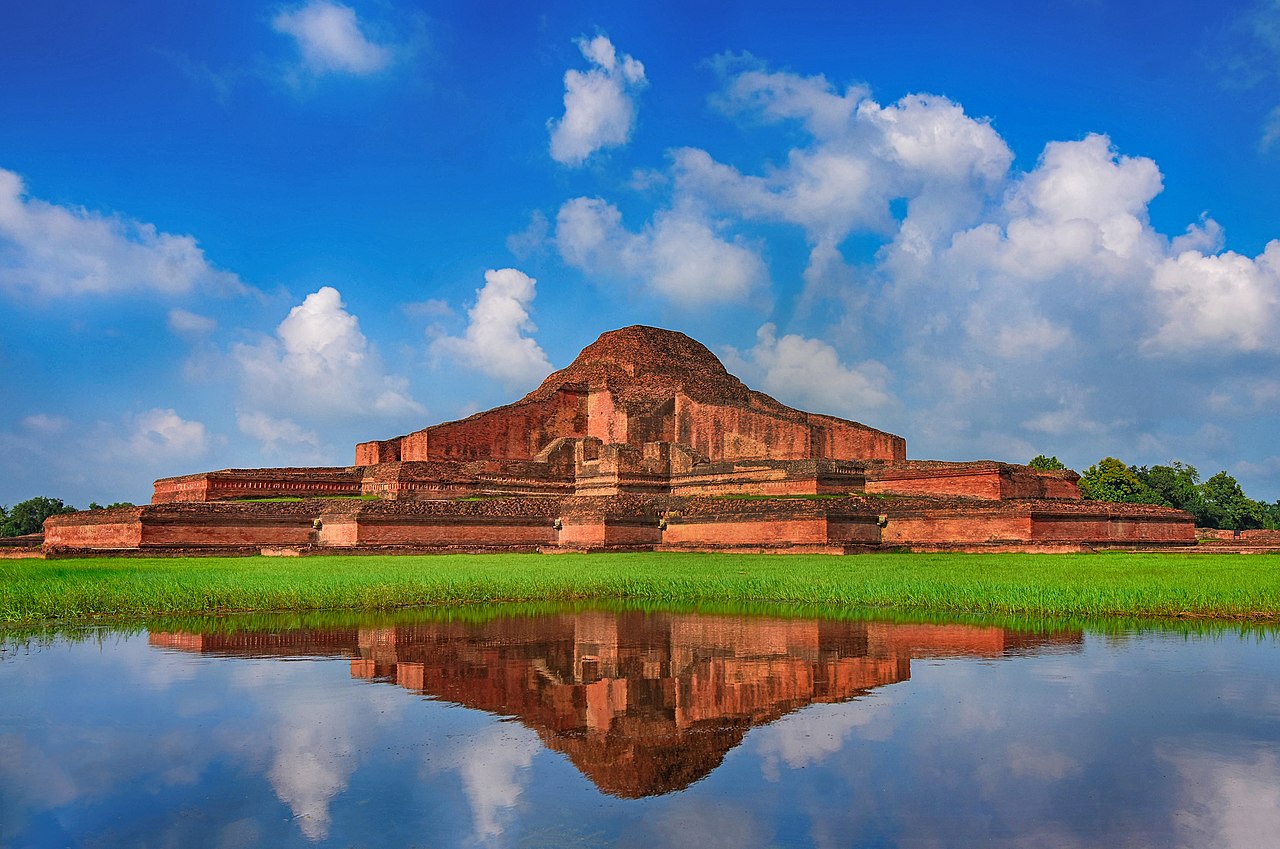Introduction
Nestled in the serene plains of Naogaon district in northwestern Bangladesh lies one of South Asia’s greatest archaeological marvels—Paharpur Buddhist Vihara, also known as Somapura Mahavihara. This UNESCO World Heritage Site is not just a testament to ancient architecture but also a gateway into the intellectual and spiritual history of the 8th century.
Whether you're a history buff, a spiritual traveler, or simply an explorer of offbeat destinations, Paharpur offers an unforgettable experience that resonates with the echoes of a bygone era.
A Glimpse into History
Built by Dharmapala, the second ruler of the Pala dynasty in the 8th century, Somapura Mahavihara once served as a renowned center of learning. It attracted monks, scholars, and students from across the region—India, China, Tibet, and beyond.
Spanning over 27 acres, the site’s vast monastery complex once housed over 170 rooms for monks, a central temple, and multiple stupas and shrines. Its design heavily influenced later Buddhist architecture across Southeast Asia, including in Myanmar and Indonesia.
Why Visit Paharpur?
🏛️ Architectural Grandeur
The monastery’s cross-shaped layout and its terracotta ornamentation are architectural feats ahead of their time. The central temple, which rises majestically in the middle, stands as a symbol of Buddhist cosmology.
📚 Cultural and Spiritual Significance
Paharpur was not just a religious site; it was one of the most important Buddhist educational institutions in ancient times—akin to Nalanda and Vikramashila in India. Scholars studied subjects ranging from theology and philosophy to astronomy and medicine.
🧱 Terracotta Artworks
Don’t miss the finely detailed terracotta plaques that adorn the outer walls. These depict stories from Jataka tales, Hindu epics, and scenes from everyday life, offering insight into the socio-cultural fabric of the time.
How to Get There
- From Dhaka:
You can reach Paharpur by taking a bus or train to Joypurhat or Naogaon, followed by a short rickshaw or local transport ride to the site. - Nearest Towns: Joypurhat (15 km), Naogaon (45 km)
- Best Time to Visit: November to February, when the weather is cooler and pleasant for exploration.
Travel Tips
✅ Start Early: The site is expansive—budget at least 3–4 hours.
✅ Hire a Guide: Local guides can explain the intricate carvings and the history behind each structure.
✅ Photography: A paradise for heritage photographers—bring a wide-angle lens.
✅ Wear Comfortable Shoes: You'll be walking a lot across uneven terrain.
Nearby Attractions
- Mahasthangarh (Bogura): Another ancient archaeological site, around 70 km away.
- Kusumba Mosque: A beautiful stone mosque from the 16th century, perfect for history lovers.
- Local Markets: Buy traditional handicrafts and terracotta souvenirs from nearby villages.
Conclusion
A visit to Paharpur Buddhist Vihara is more than a trip—it’s a pilgrimage through time. The silence of the red-brick ruins speaks volumes, offering a rare connection to a world where knowledge, spirituality, and art flourished.
So pack your bag, open your mind, and let the ancient winds of Somapura Mahavihara guide your spirit.


